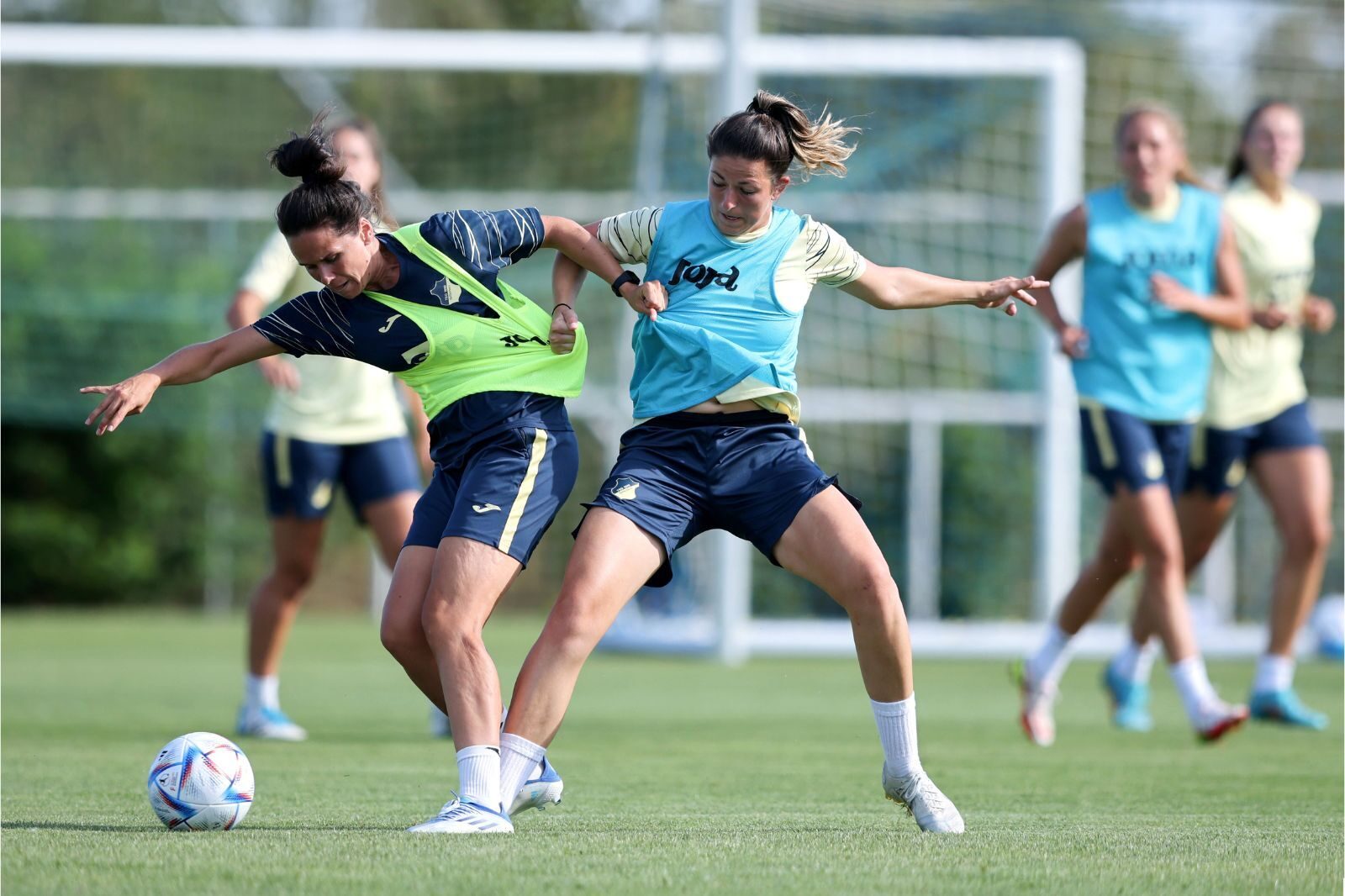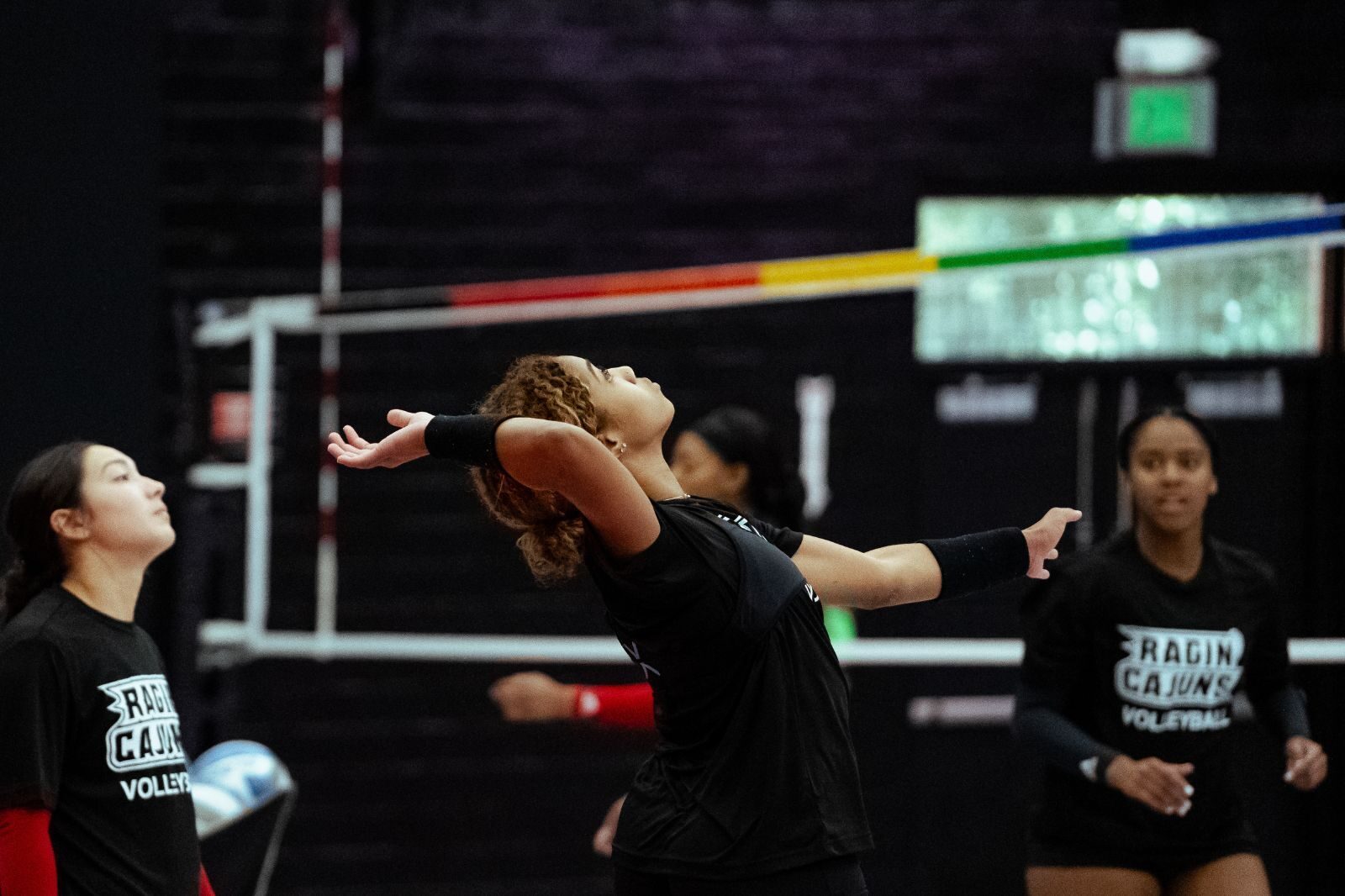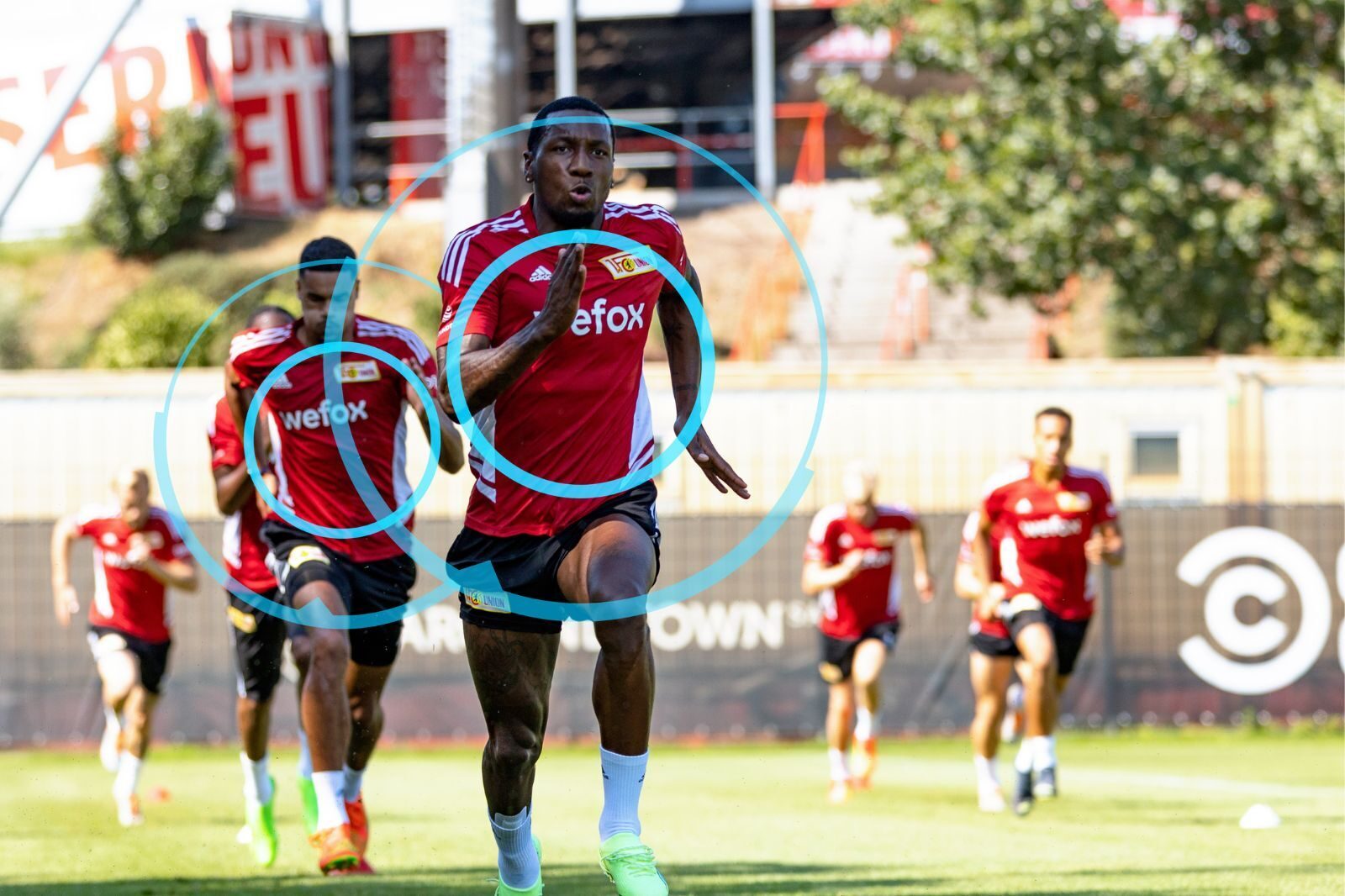Why You Should Manage Shot Load With a Basketball Shot Tracker
Author: Gregory Bernstein
“It’s a make-or-miss league.” This commonly heard phrase, repeated by coaches, players, and analysts worldwide, encapsulates the simple truth about basketball. With KINEXON Sport’s new shot tracker for basketball, you can now improve shooting and performance at the same time.

A shot tracker basketball app should provide a thorough overview of shooting tendencies and dynamics on both an individual and team basis.
Basketball shot statistics and a shot map are a good place to start. Teams can evaluate shooting accuracy and efficiency from different locations on the floor in both practice and game environments.
But all shots are not created equal, even if taken from the same location. A driving layup requires explosiveness, not needed for a post-up turnaround from the lower block. A guard running around a double screen covers much more distance than a spot-up sharpshooter before launching a three-pointer. To fully prepare for the complexities of competitive play, it’s essential to incorporate and evaluate shot location and shot load into your training protocols.

As an industry leader in performance tracking, KINEXON understands that physical preparation is a key component of preparing to win. If a player wants to convert the key, late-game looks that can swing the balance of a contest; they need to train for the exertion required to generate scoring opportunities in a competitive environment.
That’s why we’re contextualizing the physicality of every shot taken in practice by calculating and categorizing the workload sustained by the player before every attempt.
What Is Basketball Shot Load?

For every shot recorded, KINEXON’s COMPETE VISION product quantifies the workload the player performs in the 10 seconds leading up to the shot; this value is known as the Shot Load.
This value is compared to historical data from NBA games to determine if the shot would be considered a Low, Medium, or High Load shot in the context of competitive, professional gameplay. Using this information, teams can determine if they are sufficiently pushing towards game-level demands in practice while evaluating if players can sustain their shooting accuracy when the physicality increases.
How a Basketball Shot Tracker Works

The above graphic demonstrates how a typical practice shooting session might unfold. Tabulating the results from KINEXON’s basketball shot map on the left, we can see that this player has performed a similar distribution of shot location in practice that he would expect to in a game.
However, using KINEXON’s shot load metric, the picture on the right demonstrates that the player is not pushing to the same levels of exertion that would be required when facing a defense. In other words, most of the player’s shot attempts in practice fall into the Low Shot Load category, calling into question whether the player can maintain his shooting efficiency when forced to perform these same shots under Medium or High Shot Load conditions during a game.
By observing this, coaches can design drills that force players to push themselves physically in the lead up to practice shot attempts, replicating the conditions they will face when it matters most.
A Complete Basketball Shot Tracking App

KINEXON’s journey towards combining tactical and performance data to optimize in-game execution is just the beginning. We identify workload patterns and differences based on shot location and playing position by continually analyzing historical data from the world’s best basketball players. We’re even working to establish specific metrics for women athletes in all sports, including basketball.
Utilizing this information with KINEXON COMPETE Vision, we’re here to individualize and optimize your practice protocols, ensuring the hours of shooting in practice lead to made shots in the game.
Learn more about KINEXON COMPETE Vision and how it will transform how basketball players analyze shot statistics to increase offensive performance and help coaches game plan to their team’s strengths.
Download Brochure














